Fleurs du Mal Magazine


Or see the index
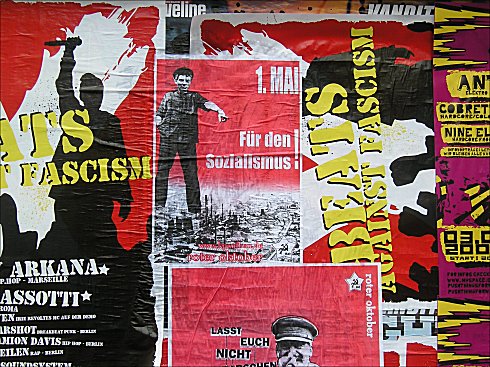
Street poetry: Against fascism
photo Anton K. Berlin – fleursdumal.nl magazine
More in: Anton K. Photos & Observations, Fascism, MUSEUM OF PUBLIC PROTEST, Street Art

This precarious bringing together (the Latin root of the word ‘approximation’) of diverse ideas and attitudes creates an ephemeral, nomadic and fictional organisation that exists for a mere four days within Artissiman an organism intended to be solid and long-term that is built on impermanence and fragmentation. Dovete seguire il loro volo-. Una piuma volò verso oriente, l’altra verso occidente, mentre la terza se ne volò diritto e non arrivò molto lontano, ma cadde a terra ben presto. This translation could become the grounds for the exhibition.” Still further up, the flat roof of a shopping center dominated by ventilators becomes the exhibition space for systematically arranged finds from the Venice lagoon. In a bell tower made accessible through the bridges creates “false” wind noises with the replica of a baroque wind machine (but only when it is operated by the visitors) Han købte da også nye klæder og perler og ædelstene til sine to døtre. På hjemvejen løb han mod en gren, som puffede hatten af hovedet på ham, og han huskede nu, hvad Askepot havde bedt ham om, og brækkede den af. Da han kom hjem, gav han hver af sine døtre, hvad de havde ønsket sig. Askepot gik ud og plantede grenen på sin mors grav, og hendes tårer faldt ned på jorden.
J.A. Woolf: Making Memories (07)
kempis.nl poetry magazine
More in: J.A. Woolf
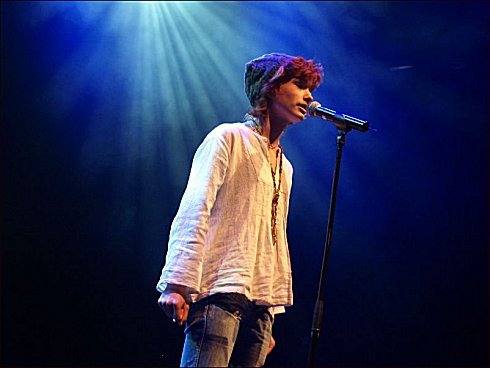

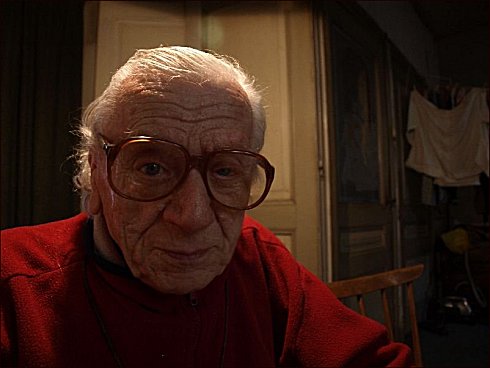





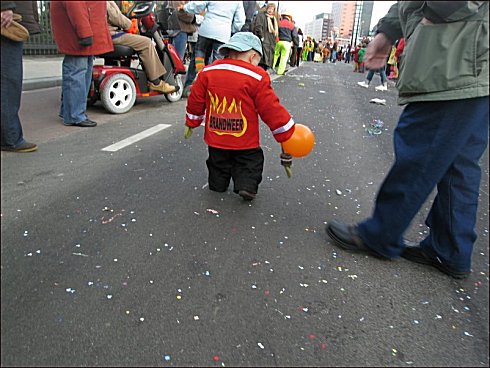

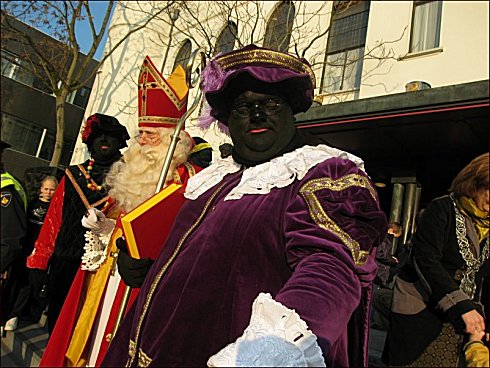


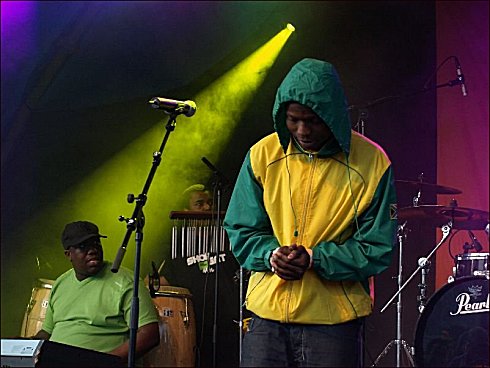


Joep Eijkens: Brief Encounters (04)
© Joep Eijkens photos 2005 – 2011
fleursdumal.nl magazine
More in: Joep Eijkens Photos
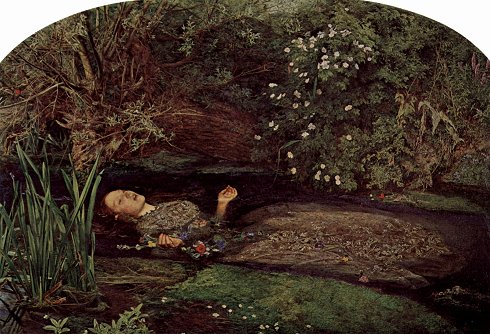
Special event at Highgate Cemetery London
for the 150th anniversary of Lizzie Siddal’s death
February 11th is the 150th anniversary of Lizzie’s death. To commemorate this, Highgate Cemetery (Lizzie’s final resting place) is having a Talk at the cemetery on that day by Lucinda Hawksley, author of Lizzie Siddal: Face of the Pre-Raphaelites.
From the Highgate Cemetery website: This is a unique and historic occasion as it is in commemoration of the 150th anniversary of Lizzie Siddal’s death: she died on February 11th 1862 and was buried at Highgate Cemetery six days later.
Lizzie Siddal was a nineteenth-century phenomenon: a working-class girl whose beauty made her the Pre-Raphaelite movement’s most celebrated, iconic face. Dante Rossetti, founder and leading light of the movement, painted and drew her obsessively a thousand times. She soon became a poet and artist in her own right.
However, as his lover and finally his wife, Lizzie’s relationship with Rossetti was blighted by his infidelities and neglect. In despair, Lizzie resorted to laudanum to numb her senses. In 1862 she took an overdose and left a suicide note.
Lucinda’s illustrated and vivid account of Lizzie’s meteoric but brief career and her tortured relationship breathes new life into the images of Lizzie frozen in time in galleries around the world.
The talk commences at 6.30 and will last around an hour. Booking: is in advance by email only at events@highgate-cemetery.org. Tickets: cost £10 each (£8 for students) including refreshments and nibbles. Space is limited so early booking is advised.

About Elizabeth Siddal
Elizabeth Siddal (July 25, 1829 – February 11, 1862)
While working in a millinery shop, Lizzie was discovered by the artist Walter Deverell who painted her as Viola in his depiction of Shakespeare’s Twelfth Night. Lizzie went on to model for other Pre-Raphaelite artists and is most commonly recognized as Ophelia in the painting by John Everett Millais, but was the charismatic Dante Gabriel Rossetti who not only drew and painted her obsessively, but encouraged Lizzie in her own artwork and poetry. Their relationship was intense and rocky, with an engagement that lasted on and off for a decade. Sadly, their marriage was short. The couple suffered a stillborn child and Lizzie was seriously addicted to Laudanum. She died in 1862 due to an overdose. The rest of Lizzie’s tale is eerily famous for its gothic Victorian morbidity: Rossetti, in his grief, buried his only manuscript of his poems with Lizzie. The poems, nestled in her coffin amidst her famous red hair, haunted him. Seven years later, he had her coffin exhumed in order to retrieve the poems for publication. The story was spread that Lizzie was still in beautiful, pristine condition and that her flaming hair had continued to grow after death, filling the coffin. This, of course, is a biological impossibility. Cellular growth does not occur after death, but the tale has added to Lizzie’s legend and continues to capture the interest of Pre-Raphaelite and Lizzie Siddal enthusiasts.
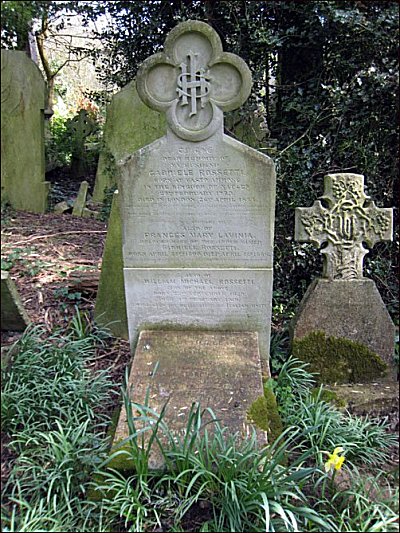
The story of Lizzie’s life is punctuated with dramatic episodes such as falling ill as a result of modeling as Ophelia,, the tales of Rossetti’s dalliances, and her grief at the loss of their stillborn daughter. Our modern society is much more aware and educated than the Victorians regarding mental health issues. Unfortunately for Elizabeth Siddal, she lived in a time where addiction was a taboo subject and little was known about post-partum depression. Lizzie lived within a cycle of illness, addiction and grief with no resources available to her. And although she did have a creative outlet while most women were denied modes of self expression, Lizzie was never able to move beyond the addiction that claimed her life.
Source: website LizzieSiddal.com
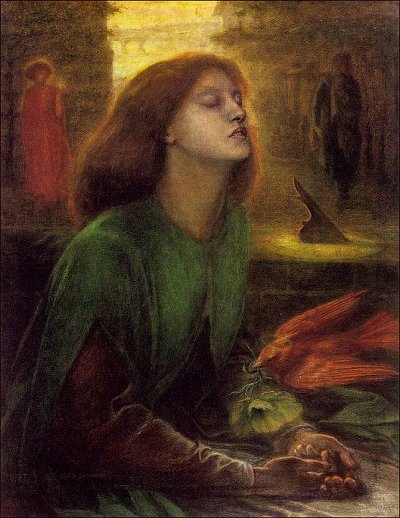
fleursdumal.nl magazine
More in: Galerie des Morts, Lizzy Siddal, Siddal, Lizzy
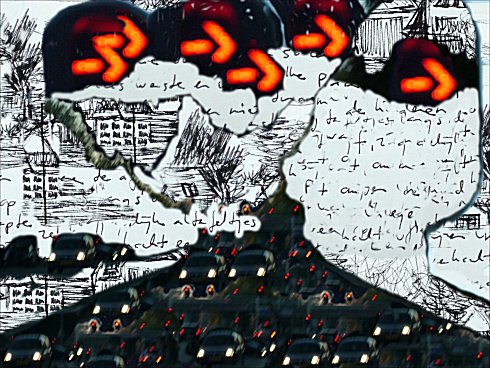
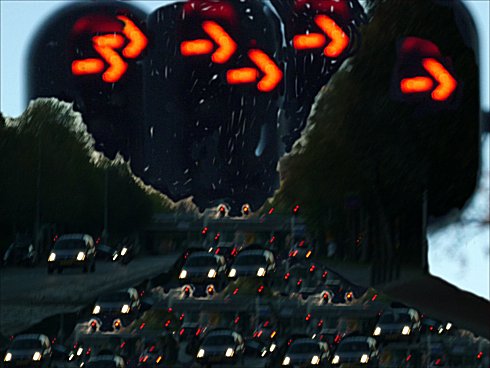

Freda Kamphuis
Road 1 -2 -3
©fredakamphuis 2011
kempis.nl poetry magazine
More in: Freda Kamphuis, Kamphuis, Freda

Johann Wolfgang von Goethe
(1749-1832)
Natur und Kunst
Natur und Kunst, sie scheinen sich zu fliehen,
Und haben sich, eh’ man es denkt, gefunden;
Der Widerwille ist auch mir verschwunden,
Und beide scheinen gleich mich anzuziehen.
Es gilt wohl nur ein redliches Bemühen!
Und wenn wir erst in abgemeßnen Stunden;
Mit Geist und Fleiß uns an die Kunst gebunden,
Mag frei Natur im Herzen wieder glühen.
So ist’s mit aller Bildung auch beschaffen:
Vergebens werden ungebundne Geister
Nach der Vollendung reiner Höhe streben.
Wer Großes will, muß sich zusammenraffen:
In der Beschränkung zeigt sich erst der Meister,
Und das Gesetz nur kann uns Freiheit geben.
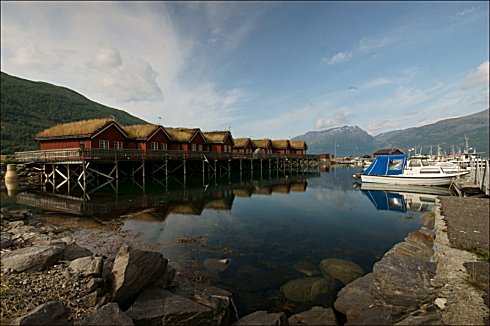


Hans Hermans photos – Natuurdagboek 12-11
Gedicht Johann Wolfgang von Goethe
kempis.nl poetry magazine
More in: Archive G-H, Goethe, Johann Wolfgang von, Hans Hermans Photos

L.A. Raeven, Mindless Living, 2011, video still. Courtesy Ellen de Bruijne Projects Amsterdam
Casino Luxembourg – Forum d’art contemporain
L.A. Raeven – Ideal Individuals
28 January 2012 – 22 April 2012
Twin sisters Liesbeth and Angelique Raeven (*1971, Heerlen, Netherlands; live and work in Amsterdam) began their artistic collaboration under the generic name of L.A. Raeven in 1999. Their work rests on investigations surrounding the notion of “the ideal individual”, which they analyse through videos, drawings, installations and performances. L.A. Raeven study the status of the body and body image within western societies and the inherent social pressures. Adopting a critical attitude towards fashion and media dictates, they defy traditional representations of feminine beauty by integrating the codes of this same society to better lay them bare. Through doing this, a debate vis-a-vis the questions related to ideal body image and its social construction, within various cultural and historical contexts, is set up.
The exhibition was formerly shown in the Museum voor Moderne Kunst Arnhem and in the Museum of Contemporary Art in Belgrade. Curator: Kevin Muhlen
Casino Luxembourg – Forum d’art contemporain – 41, rue Notre-Dame | B.P. 345 | L-2013 Luxembourg
≡ Website CASINO LUXEMBOURG- FORUM D’ART CONTEMPORAIN, LUXEMBOURG
fleursdumal.nl magazine
More in: Art & Literature News, Art Criticism, Exhibition Archive, L.A. Raeven, Performing arts



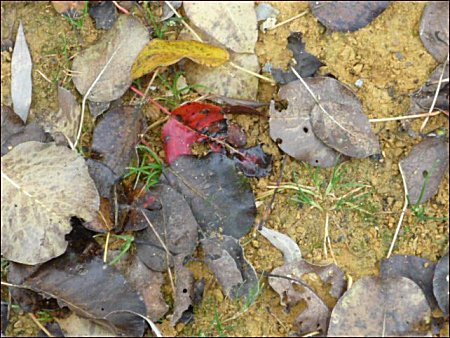
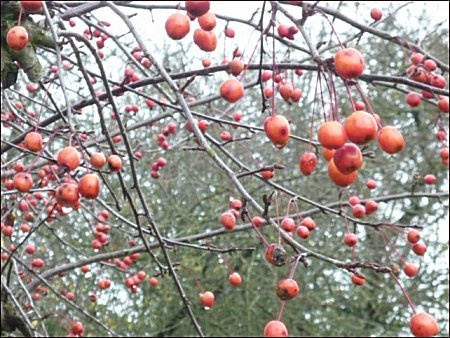
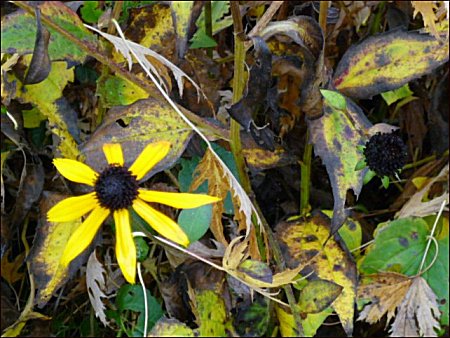
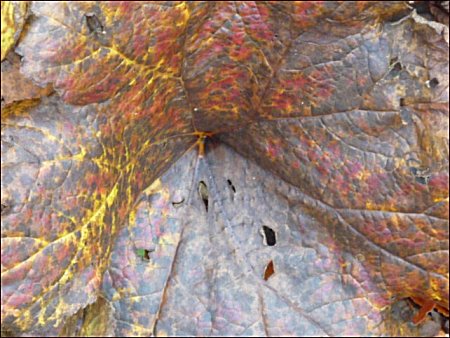
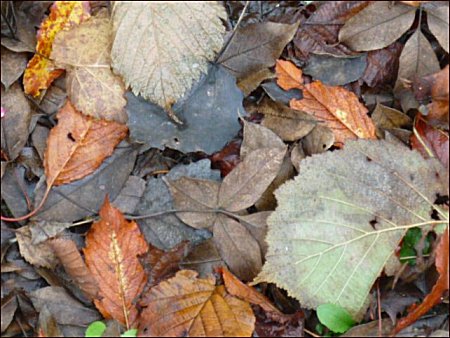


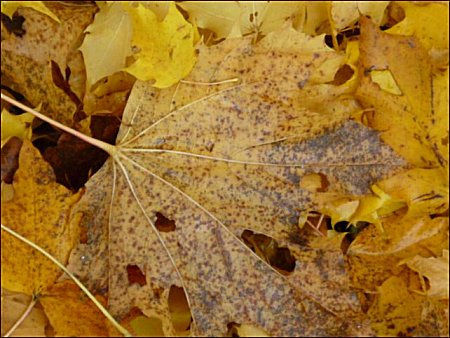


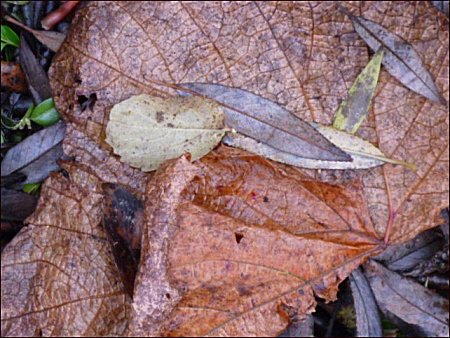
Freda Kamphuis photos
Colours (1)
©fredakamphuis 2011
kempis.nl poetry magazine
More in: Freda Kamphuis, Kamphuis, Freda

Bookshop Shakespeare and Company in Paris
Death of George Whitman
On Wednesday 14th December, 2011, George Whitman died peacefully at home in the apartment above his bookshop, Shakespeare and Company, in Paris. George suffered a stroke two months ago, but showed incredible strength and determination up to the end, continuing to read every day in the company of his daughter, Sylvia, his friends and his cat and dog. He died two days after his 98th birthday.
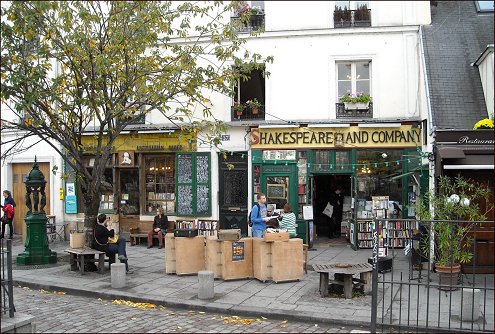
George Whitman was born on December 12, 1913 to mother Grace Bates and father Walter George Whitman in East Orange, New Jersey. When George was still a baby the family moved to Salem, Massachusetts. Early in his life George’s parents instilled in him a passionate and profound respect for literature. Walter was a well-respected professor of physics and the author of several books on science in the home and community. In 1925, when George was twelve years old, Walter took the whole family (except the youngest son Carl) on a year-long sabbatical to Nanking University in China. Immersed in Chinese culture and society, George and his younger sister Mary learned the language quite quickly. It was his first trip abroad, and his experiences in China made a lasting impression on him.
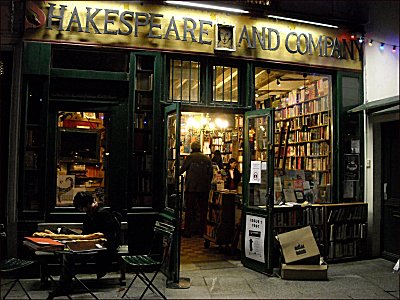
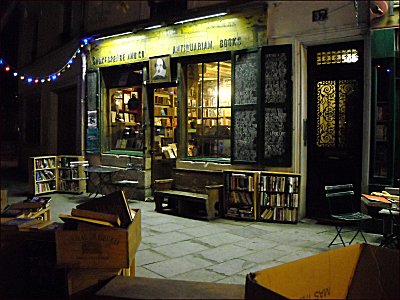
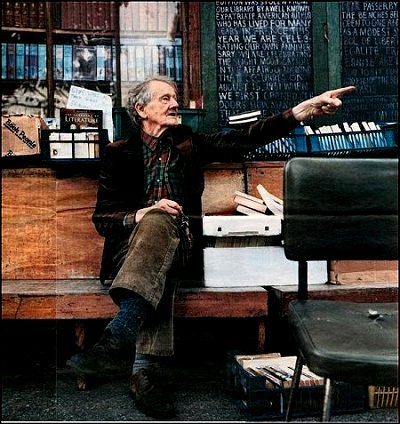
George Whitman
With the brief exception of the Nanking exchange, George lived in Salem until he graduated from high school. While he was a student he published and edited his own satirical paper called “The Reflector” and also worked as a newsboy. In 1931 George decided to enroll as an undergraduate at Boston University with a major in journalism. After his graduation in 1935 he decided to travel again. With $40 in his pocket he caught a ride to Mexico city and began a voyage that was to trace almost 5000 kilometers through Mexico and Central America, including the Honduras, Guatemala, Costa Rica, and Hawaii. During this time he became fluent in Spanish.
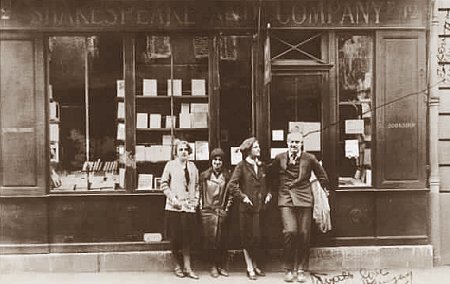
Ernest Hemingway (right)
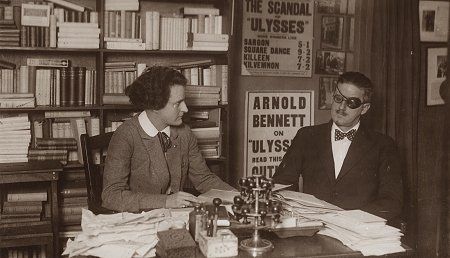
Sylvia Beach and James Joyce
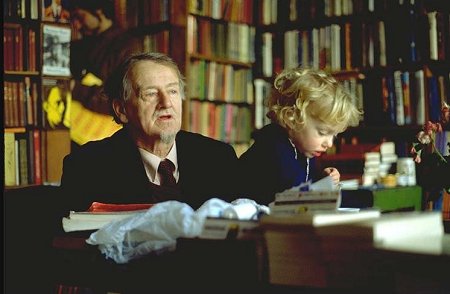
George Whitman and daughter Sylvia
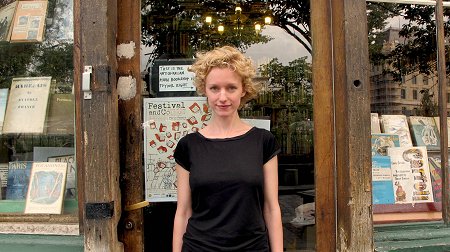
Sylvia Whitman
This trip was a formative experience in George’s life. Much of his traveling was done alone and on foot. He had many adventures and close calls. In an isolated part of the Yucatan he fell sick with dysentery and was forced to walk alone for three days through the swampy jungle with no food or water. Eventually he was found and nursed back to health by a tribe of Mayans. George was deeply impressed by the fact that despite hardship and extreme poverty, the people he met were invariably friendly and generous. This philosophy of “give what you can, take what you need” would become one of his founding principles.
When he arrived in Panama George ran out of money. He found a job working with the Panama Canal Company, where he stayed for several months before sailing to Hawaii and then to San Francisco in 1938, where he worked as a cable car conductor, attended classes at the University of California and enlisted in the US Army. He didn’t stay out west for long but decided to hobo his way back east, riding the rails until he arrived back in Massachussets. In 1939 he enrolled at Harvard University, where he stayed until 1941 when he was called into military service. He was trained as a Medical Warrant Officer and worked at different hospitals around Europe, helping with the wounded. Several months of his army career were spent at an isolated post in Greenland. He lived with the natives, learned to sail, and according to George, had a beautiful Eskimo girlfriend.
Returning to the United States, George managed to open and run a small bookstore in Taunton, Massachusetts while still working night shifts for the army until the war ended and he was discharged. After more travels through western Europe and France, George moved permanently to Paris in 1948 under the GI Bill. He lived in a small room in the Hotel Suez on Boulevard St. Michel in the heart of the Left Bank and enrolled at the Sorbonne, studying French civilization, philosophy, culture, and literature. Encouraged by his great friend Lawrence Lawrence Ferlinghetti, George founded his bookshop, Le Mistral, at 37 rue de la Bûcherie in 1951. The name, he says, “was in honour of the first girl I ever fell in love with.” Inspired by his encounters with the legendary bookseller Sylvia Beach, he later changed the name of his shop to Shakespeare and Company. In 1981 George’s only daughter was born at the Hôtel Dieu, directly across the Seine from the bookshop. She was respectfully named after Sylvia Beach.

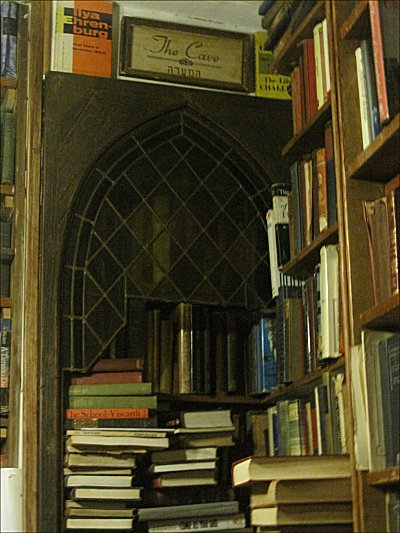


For 60 years George worked tirelessly to ensure that Shakespeare and Company remains not only a venerable independent bookshop, but also a renowned Left Bank cultural institution and a home-away-from-home for many thousands of writers and visitors from around the world. In 2006 he was awarded the Officier des Arts et Lettres by the French Minister of Culture for his lifelong contribution to the arts.
On Wednesday 14th December, 2011, George Whitman died at home in the apartment above his bookshop, Shakespeare and Company, in Paris. George suffered a stroke two months before, but showed incredible strength and determination up to the end, continuing to read every day in the company of his daughter, Sylvia, his friends and his cat and dog. He died two days after his 98th birthday.
After a life entirely dedicated to books, authors and readers, George will be sorely missed by all his loved ones and by bibliophiles around the world who have read, written and stayed in his bookshop for over 60 years. Nicknamed the Don Quixote of the Latin Quarter, George will be remembered for his free spirit, his eccentricity and his generosity – all three summarised in the verses written on the walls of his open, much-visited library : “Be not inhospitable to strangers / Lest they be angels in disguise.”
George was buried at the Père Lachaise cemetery in Paris, in the good company of other men and women of letters such as Guillaume Apollinaire, Colette, Oscar Wilde and Balzac. His bookstore continues, run by his daughter Sylvia.
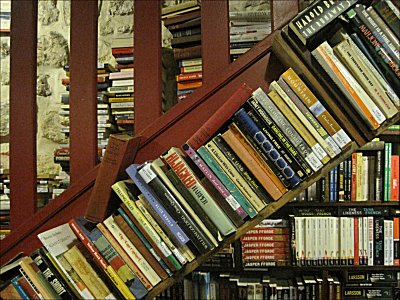
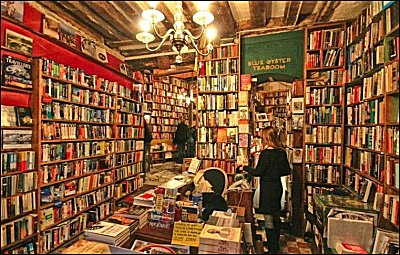
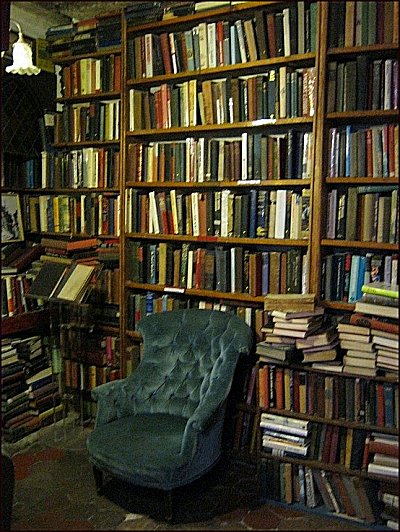

Shakespeare and Company, 37 Rue Bûcherie, 75005 Paris, France
photos 1-3 jef van kempen + photos archive shakespeare & company
≡ Website Shakespeare & Company Paris
Books. The final chapter?
kempis.nl poetry magazine
More in: - Bookstores, FDM in Paris

17 maart 2012
Tilburgs literatuur- en
theaterfestival TILT
Wegens groot succes geprolongeerd: TiLT. Een festival dat bol staat van literatuur, muziek, theater en beeldende kunst. Verrassende cross-overs, spraakmakende interviews, hilarische acts en een vette band. Vorig jaar was de eerste editie stijf uitverkocht. Op zaterdag 17 maart gaat De NWE Vorst in Tilburg opnieuw op TiLT.

In de Boekenweek komen de letteren tot leven. En hoe! Het Zuidelijk Toneel opent het bal, in een verrassende combi met Fontysstudenten. Robert Vuijsje komt langs met zijn nieuwe roman Beste Vriend. AKO-literatuurprijswinnares Marente de Moor zal er zijn. Maar ook absurdist Gummbah met zijn Net niet verschenen boeken, Henk van Straten met zijn Superlul, en stadsdichteres Esther Porcelijn met vers Tilburgs vlees.
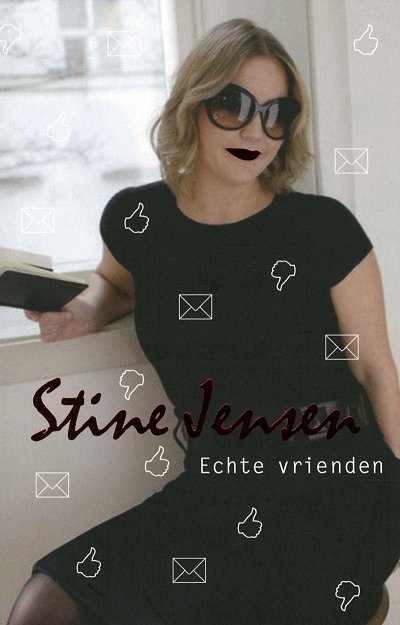
Overal in De NWE Vorst zijn optredens. Bezoekers vinden vier zalen vol proza, poëzie, beeldende kunst, muziek en theater. Er zijn columns van Hanna Bervoets (Volkskrant) en Renske de Greef (nrc-next) en liedjes van Koek & Trommel. Er is Stine Jensen met filosofie over Facebook, A.H.J. Dautzenberg met spraakmakende literatuur, een poëzieinstallatie van kunstenares Anouk van Reijen en nog veel meer. In de meeste gevallen gaat het om programma’s die speciaal voor TiLT zijn gemaakt. En dat alles wordt afgesloten met een swingende deejay en de boomende band The Kik.
Nieuw dit jaar is Kroeg op TiLT. Op vrijdag 16 maart, de avond vóór het festival, staan zes kroegen op de Korte Heuvel in het teken van de taal. Gedichten, muziek, dans, zang, verhalen, film, alles zal versmelten tot één uniek evenement. Een gratis crossoverprogramma vol Tilburgs talent, samengesteld door Studievereniging Animo van de Tilburg University.
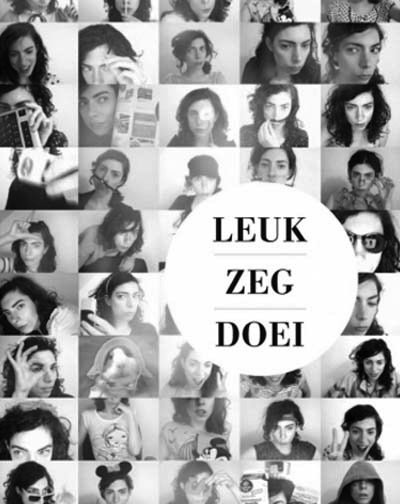
TiLT vindt plaats in de Boekenweek, op zaterdag 17 maart, van 20.00 – 02.00 uur in theater De NWE Vorst in Tilburg. Tickets kosten € 17,50. Meer info: www.tilt.nu
fleursdumal.nl magazine
More in: A.H.J. Dautzenberg, Art & Literature News, Gummbah, MUSIC, Porcelijn, Esther, THEATRE, Tilt Festival Tilburg
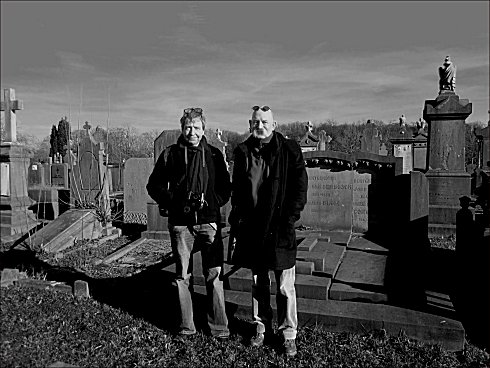
joep eijkens (links) en bert bevers
Kreunende tijd
nieuwe gedichtencyclus Bert Bevers
met foto’s van Joep Eijkens
IV
Toen je hier ter aarde werd besteld met die
gedoofde blik naar de ontelbare sterren van het
noorden gericht sneeuwde het. Toen wel. Om te
sterven volstond het om met ademen te stoppen.
Dat wel. Maar dat allengs muller zwijgen van alle
geliefden valt heel wat zwaarder. O hemel toch,
een heel leven lang vergat je dit te schrijven.
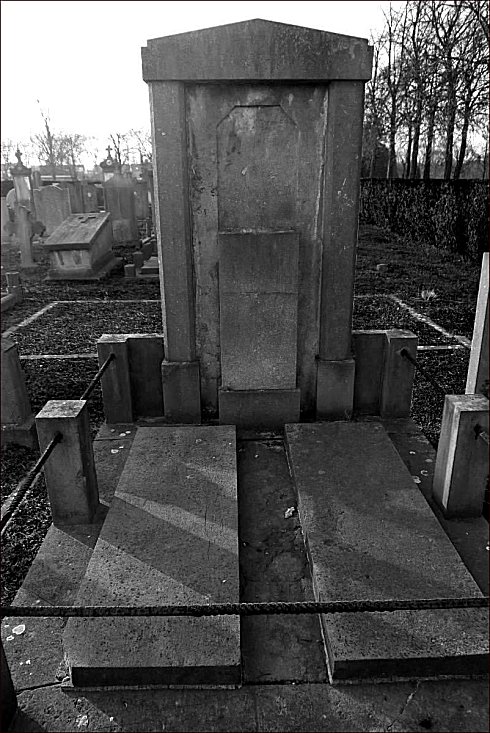
VIII
Verloochen verleden nooit. Het is er voor altijd. Het gaat
gewoon niet weg. Het zingt lang na. Zinder maar. Doe maar.
Keer maar rustig eeuwig weer, aarzelende treurengel en
maak alles maar mooier dan het is. Ik zie mensen rondlopen
met een donker gemoed, met de koele zekerheid van een profeet.
Of ze aan galgen zijn gehangen slaan achter hen schaduwen
neder. In de verte blaft een hond een brandweerwagen na.

fleursdumal.nl magazine
More in: Bevers, Bert, Joep Eijkens Photos
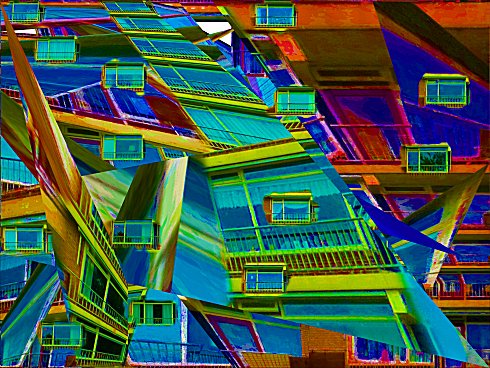
Freda Kamphuis
Flatscape (2011)
kempis.nl poetry magazine
More in: Freda Kamphuis, Kamphuis, Freda
Thank you for reading Fleurs du Mal - magazine for art & literature